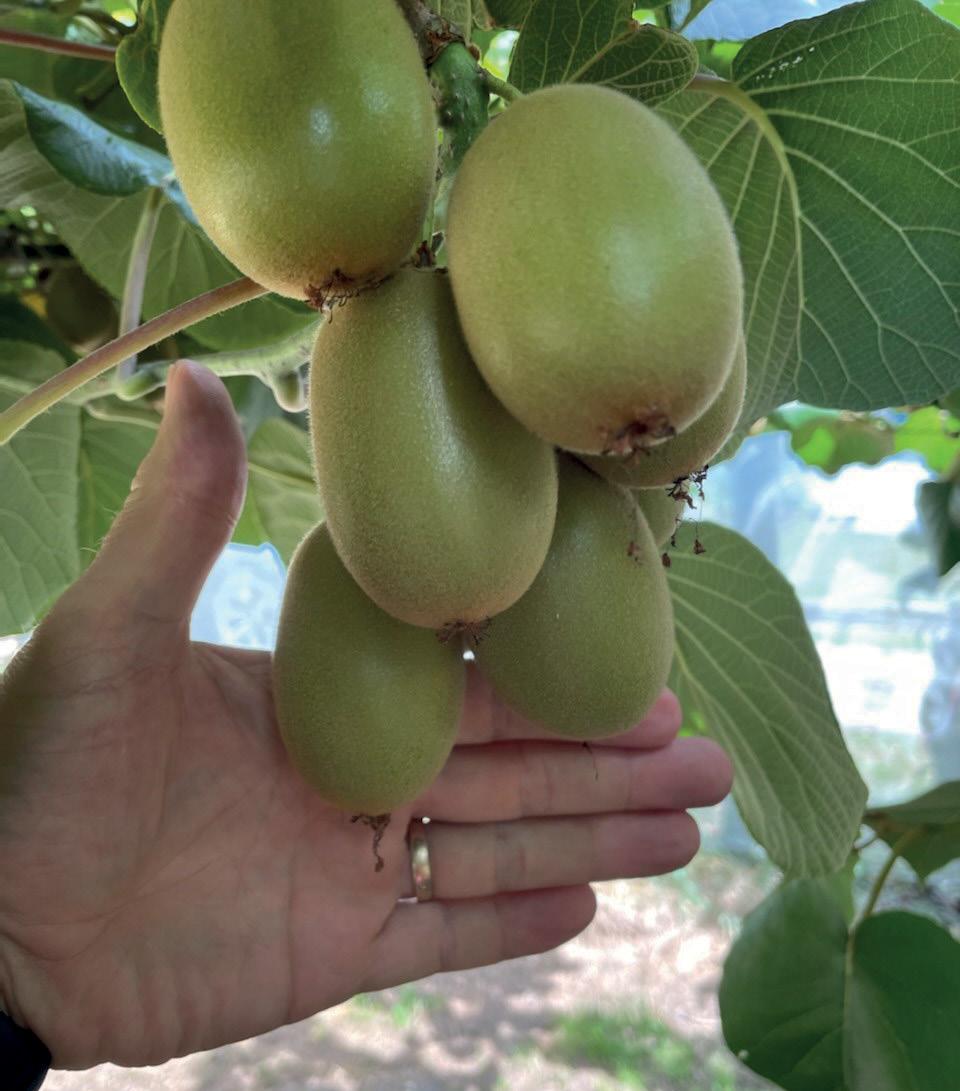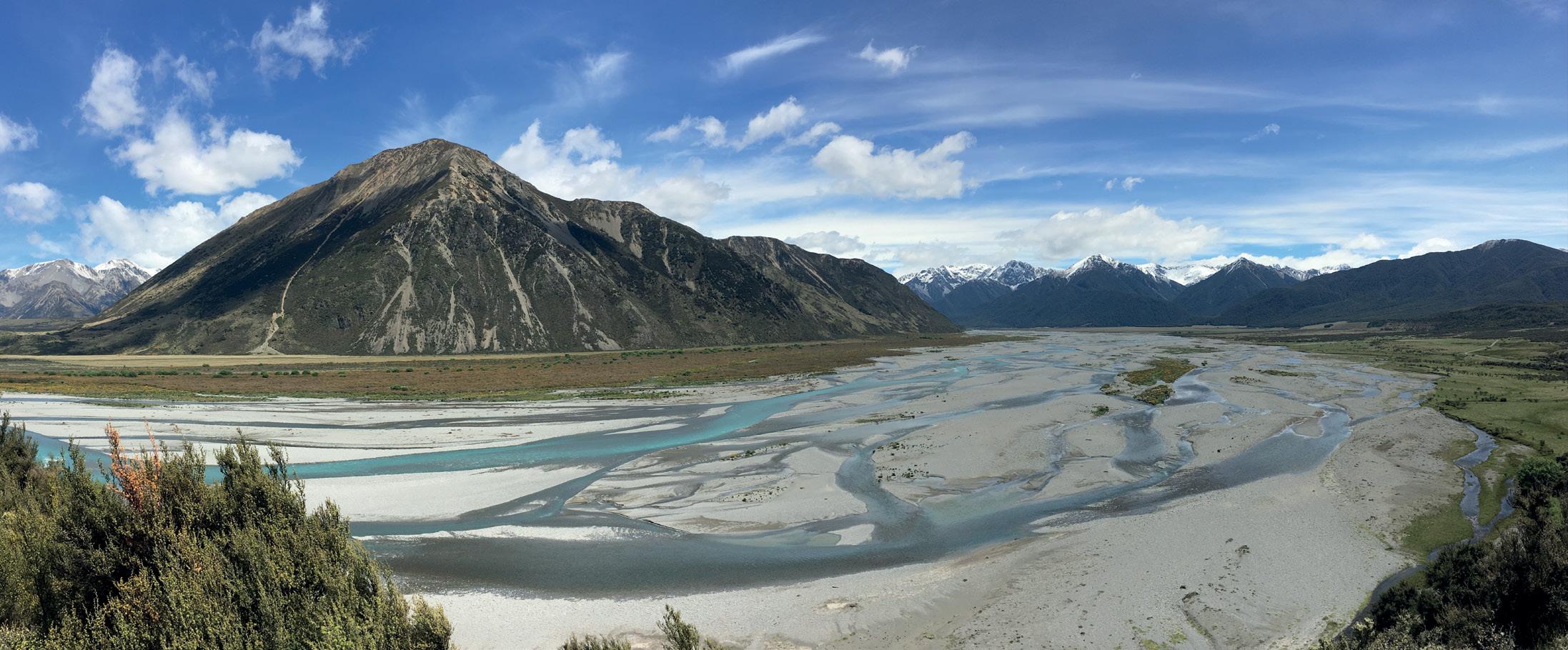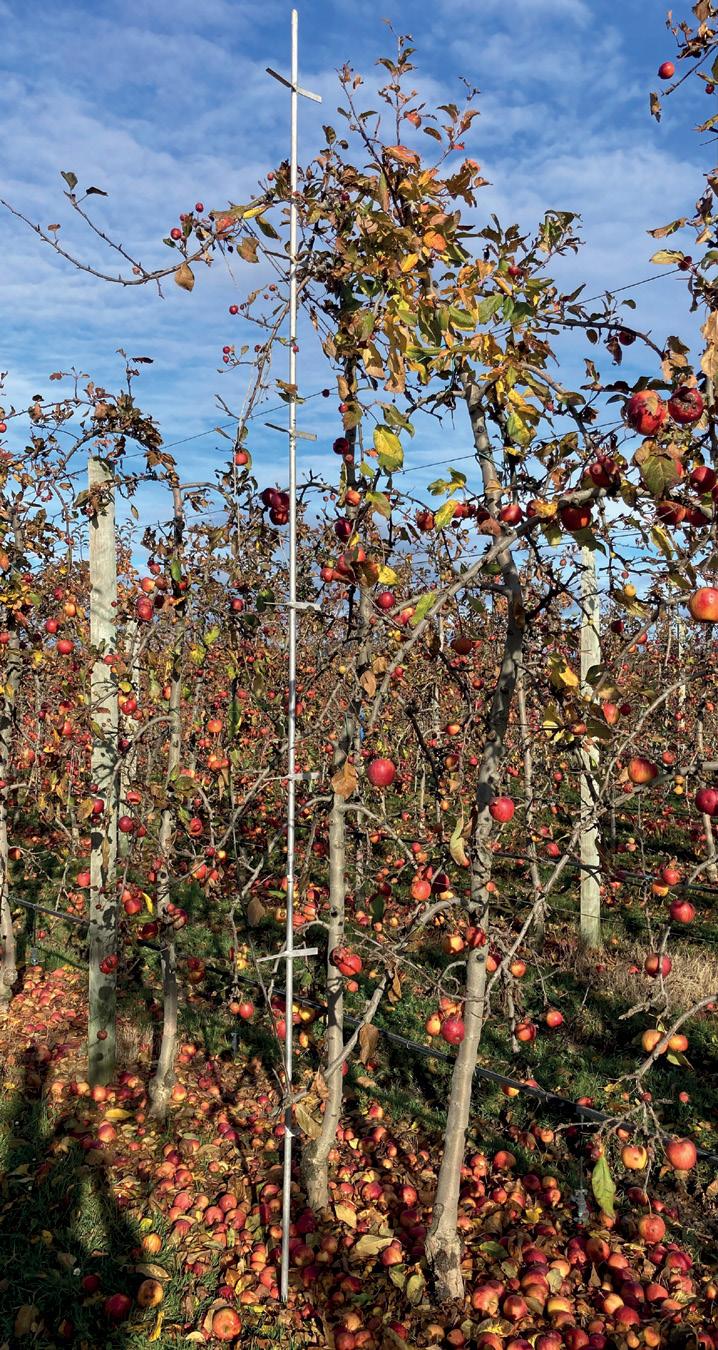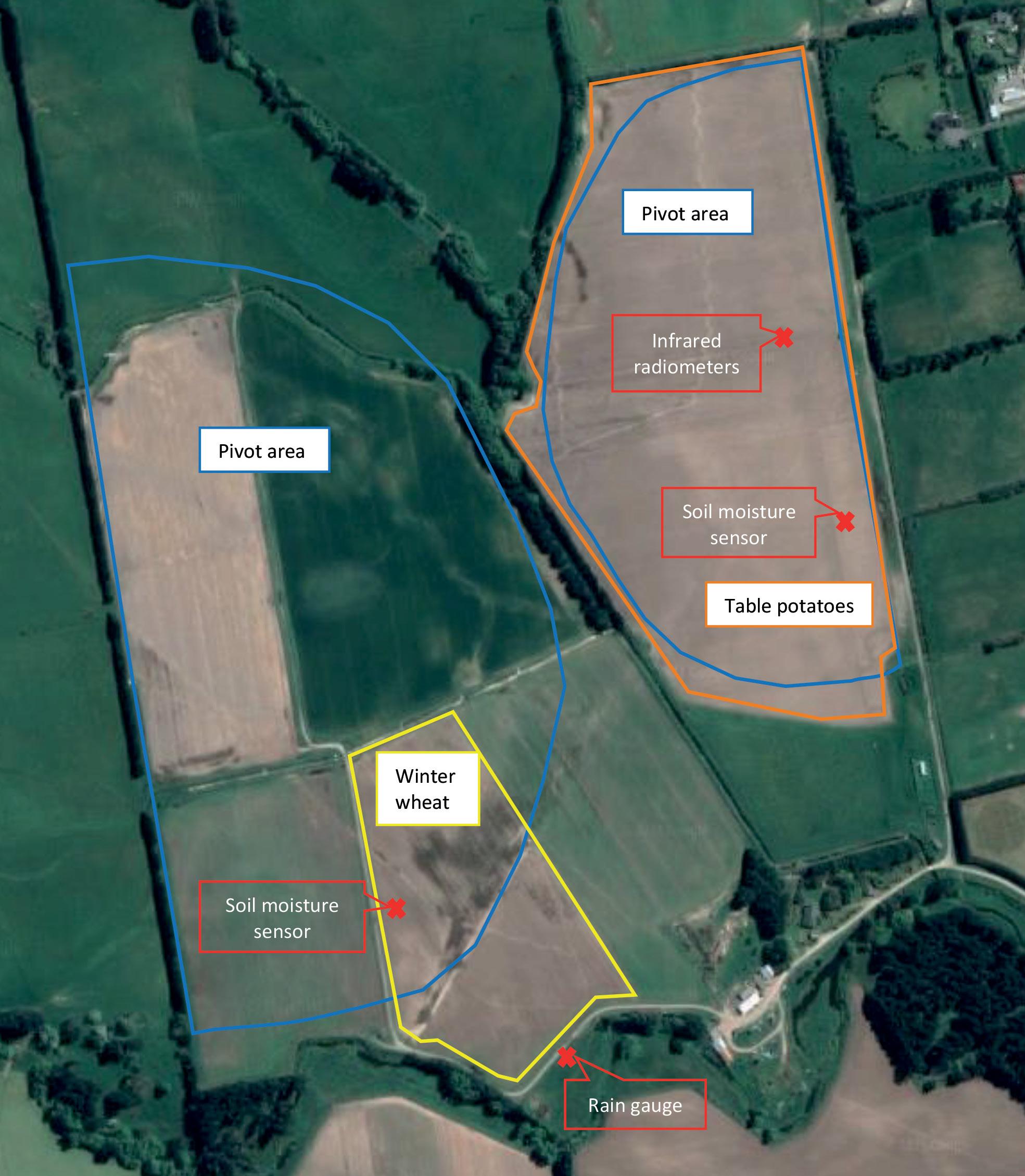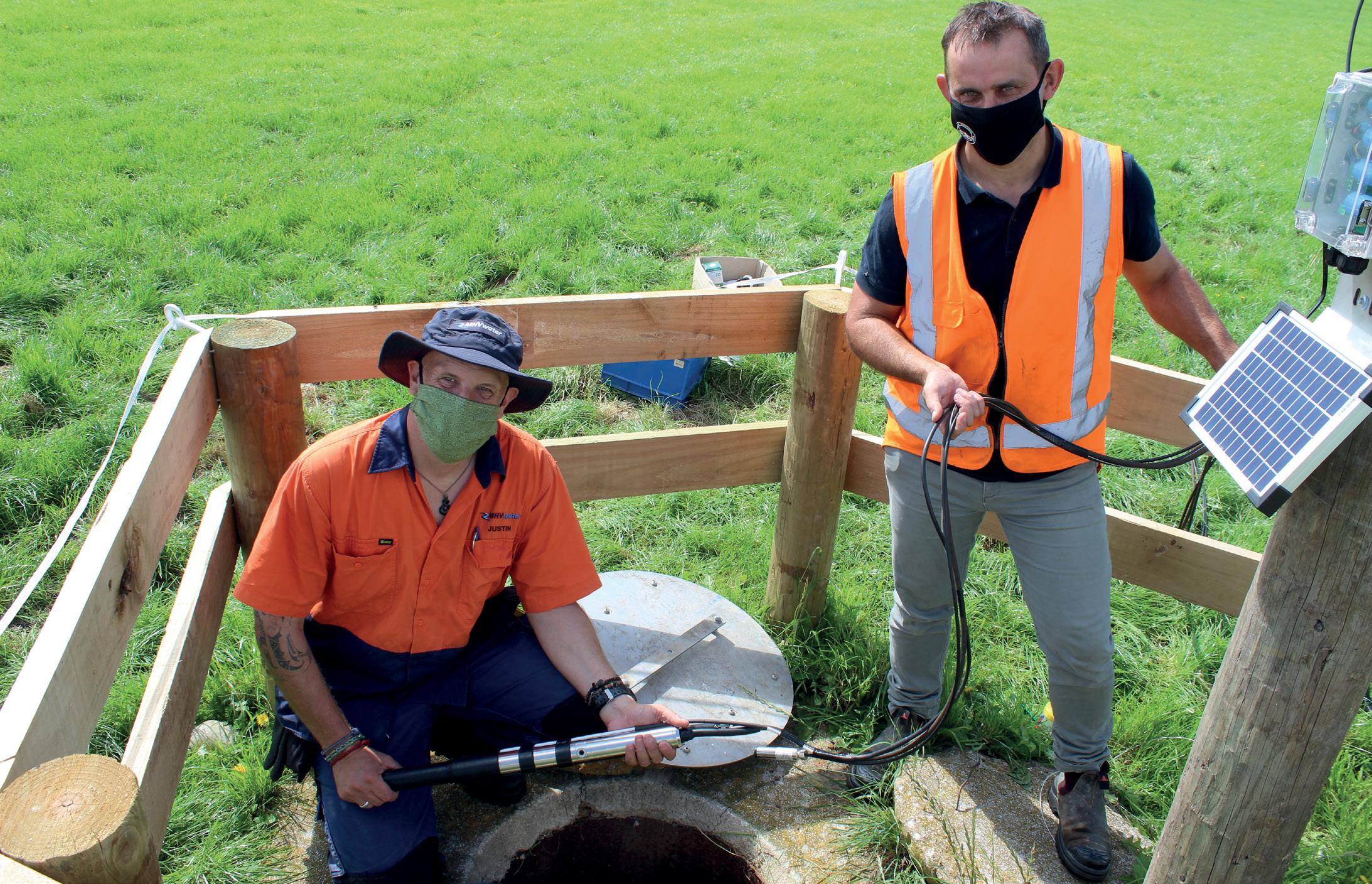
6 minute read
MGI: Harnessing the power of irrigation races
Harnessing the power of irrigation races
South Canterbury irrigation scheme, Morven Glenavy Irrigation Company Ltd. (MGI), has gravity-driven water transport races that gradually drop around 100 metres over the course of their flow. There is significant untapped energy in that flowing water, and to take advantage of it, MGI is implementing a pilot project with recently installed hydropower units. We caught up with MGI Chief Executive Officer Craig Evans to find out more about it.
Advertisement
What is your role at MGI?
I have worked at MGI for about six and a half years. Over that time, the internal capability of the scheme has grown so we can self-perform more of our work inhouse. Environmental services have grown significantly, mostly in association with the increased complexity of Farm Environment Plans. The combined MGI and Waihao Downs Irrigation (WDI) schemes have changed from having a growth-oriented focus to a resilience focus.
Tell us about MGI.
MGI is a long-established irrigation scheme in South Canterbury. It was formed in 1989 when the government privatised the former Redcliffs (built in the 1930s) and Morven Glenavy (built in the 1970s) irrigation schemes. The combined schemes have a long and successful operating history, and some of the lowest operating costs in New Zealand, assisted by a reliable supply of water from the Waitaki River. The scheme still has about 160 kilometres of gravity canals, but there are now five distinct pumped areas and piped networks as well. The scheme has grown to about 29,000 hectares of irrigation and there are approximately 48,000 hectares of total land under MGI Farm Environment Plan management. MGI also manages the Benmore Irrigation Company (4,100 hectares).
What are some of the challenges facing the scheme?
The growing complexity of various environmental regulations is a challenge, although we have been coping very well so far. The groundwater and surface water quality in the scheme is fairly good compared with other areas, and there is a general trend of improvement. MGI has been investing in scheme upgrades that improve operational and water efficiency. These investments should improve our position when we go into resource consent renewal in 2028. When did the conversation about hydroelectricity first start and why?
MGI has always had an innovative culture and a drive to be leaders in environmental management. The company has long had an interest in renewable energy, but not a clear pathway to develop it. Most traditional hydroelectric technology requires a drop (fall) to operate. The Emrgy hydroelectric turbines which we have installed are designed for “run of canal”, where only a minimum flow and velocity is needed. The turbines harvest the kinetic energy from the moving current. So, when Emrgy contacted MGI in 2020, we were interested to learn more. The technology is largely proven in the USA, so there was little reason not to commit to initial pilot deployment of six turbines, with the potential to expand in the future.
Where are the hydroelectric turbines in the scheme? What are their complexities?
There are six hydroelectric turbines, each capable of producing about six kilowatts (kW), in the main race of the scheme. This pilot deployment was chosen for the main race because it has the largest water velocities and flows in the scheme. It has a flow of up to 11 cubic metres per second (m3/s). The six turbines are at two locations in order to supply electricity directly to two farm irrigation pumps. Farmers are the beneficiaries of the electricity production and are partners in the turbine deployment. In addition to harvesting energy from the flowing water, the turbines double as weirs. This assists to lower the water velocity immediately upstream, making conditions more suitable for the operation of the farmers’ river screen in the canal.
Four of the turbines are in a high-density polyethylene (HDPE) lined section of the canal, so we had to figure out how to install them around the liner. After considering many ideas, we ultimately decided to pour concrete foundations in the canal for the turbines to sit on. The concrete base provided a feature for the HDPE liner to be battened onto, keeping the turbines completely independent of the liner. The turbines sit on the concrete pad held by their own weight.
The lower two turbines were installed directly onto the cobble-bottomed canal, in a steeper sloping section of canal where the water velocities are higher. Although the canal had been operating for about 50 years, the placement of the turbines modified the flow so that the current began to undercut the concrete base of the turbine module, and some slumping occurred. This was unexpected. It may have been better to lay geotextile first. As soon as we were able to turn off the water we lifted the turbines out and poured another concrete pad, which successfully resolved that problem. Ordinarily the turbines should be able to sit directly on the substrate bottom of a canal, but the high flows, slope, and velocity at this location meant that additional engineering was required.
It has been an unusual irrigation season, with periodic rainfall and shutdowns, so it has been difficult for Emrgy to complete the commissioning of the turbines. Ordinarily their engineers would calibrate the production from the turbine generators through the inverters. The stop-start flows and the need to perform remote commissioning, due to COVID, has been a big challenge. Emrgy are having to use local contractors as their eyes and ears, and their commissioning engineers are working remotely from the USA.
What will these installations achieve? What plans do you have for the future?
The pilot-scale deployment gives the scheme and our farmers the opportunity to see the turbines running first-hand, and to monitor actual power production. Once the economic feasibility of the turbines is proven in the scheme, consideration will be given to more turbines supplying power to the MGIowned pump stations. Farmers can consider their own turbines for cowsheds and private irrigation pumps.

For best results… look for the tick!
Designing or upgrading your irrigation or effluent system? Using an accredited company means your irrigation infrastructure and practice will be efficient, targeted and sustainable.
IRRIGATION DESIGN ACCREDITATION
With more emphasis on irrigation efficiency than ever before, choosing an accredited Irrigation Design company is an easy way to ensure that the irrigation system you install today meets both regulatory and industry performance benchmarks. Accredited Irrigation Design companies have industry trained professionals and excellent product knowledge to ensure that every drop counts.
FARM DAIRY EFFLUENT DESIGN ACCREDITATION
Dairy farm effluent was once considered a waste product, now a reliable source of nutrient that enables dairy farmers to reduce their overall nutrient costs. Farm Dairy Effluent Design accredited companies have the expertise to design and build a dairy effluent system that meets the expectations of regional rules throughout New Zealand.
WATER MEASUREMENT ACCREDITATION
Councils are aiming for national consistency in water metering, measurement and the reporting of water use data. Engaging ‘blue tick’ accredited companies will help ensure work is in line with manufacturers’ specifications, meets industry best practice, and ensures accuracy in the reporting of data back to councils for future decision making.
IrrigationNZ are proud to support our Accredited companies, leading the industry in irrigation design, and product service and delivery. Find a full list of accredited companies at

